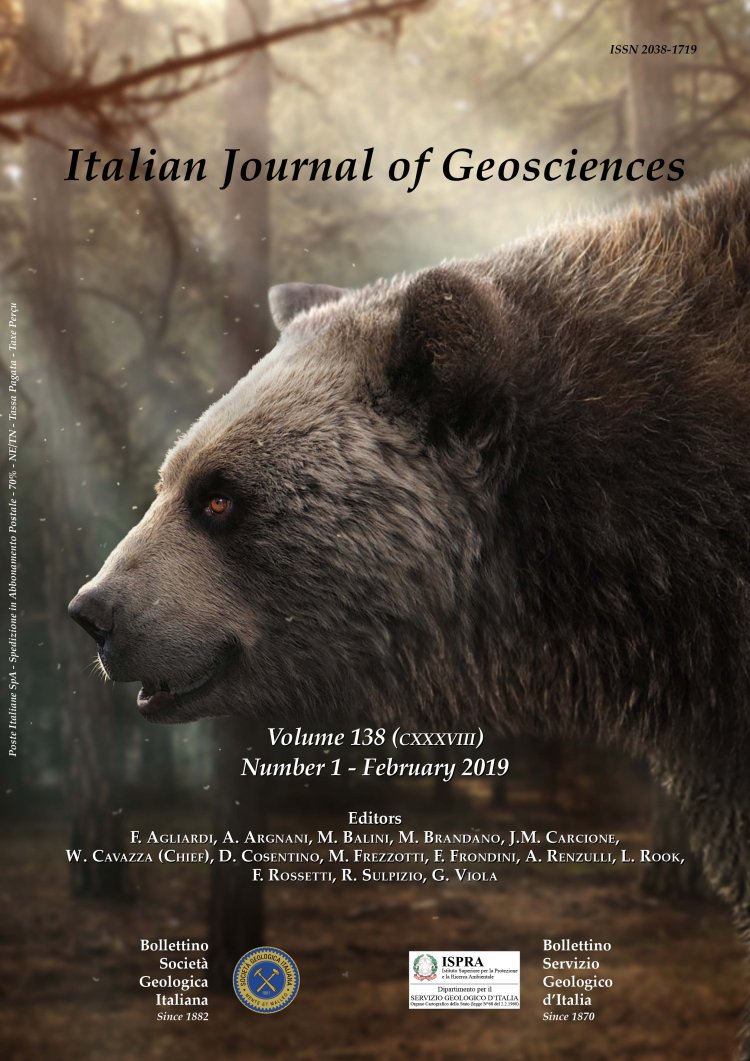
Tectono-stratigraphic evolution of Late Cretaceous basins into Veslemøy High, SW Barents Sea
Luca Samperi (1,2), Kamaldeen Omosanya (2), Giorgio Minelli (1) & Ståle Johansen (2)
(1) Department of Physics and Geology, University of Perugia, Perugia, Italy.
(2) Department of Geoscience and Petroleum, Norwegian University of Science and Technology, Trondheim, Norway.
Corresponding author e-mail: luca.samperi@studenti.unipg.it
Volume: 138 (2019) f.1
Pages: 17-30
Abstract
The Veslemøy High is located in the southwestern sector of the Barents Sea and its geological evolution is strictly linked to the geodynamic development of the Norwegian region. The tectonic evolution of the Veslemøy High and several other structural elements of the Barents Sea remains poorly understood mostly because of a general lack of stratigraphic control, high-quality data and the complex
interplay of geodynamic episodes, which has prevented the structures and ages of several stratigraphic units to be correctly constrained. This study used 3-D and 2-D seismic reflection data, integrated with well data to reconstruct the geological history of the Veslemøy High area. The methods here used include seismic interpretation of several horizons and faults, seismic-well data calibration (well 7219/8-1S) and well data (7216/11-1S; 7218/11-1; 7218/8-1; 7219/8-1S). Such an investigation led to the definition of several compressional and extensional tectonic phases, which affected the area most especially in pre-Cenozoic time. The oldest compressional phase here documented is Late Cretaceous and is marked by large-scale anticlines and synclines (about 10 km wavelength). Following this tectonic phase, the study area was affected by a system of mainly west dipping normal
faults, creating several half graben structures. In some cases, these grabens display evidences of slight positive inversion. Analysis of the Late Cretaceous sequence provides interesting markers of sediments infilling patterns, erosional surfaces, uplift, tilting, faulting, extensional and contractional structures. All these structures point to a complex interplay of Pre-, Syn- and Post-Late Cretaceous tectonic
activities. Importantly, the Lower Regional Unconformity (LRU), Upper Regional Unconformity (URU), stratigraphic terminations, and faults are significant tectonic markers in the Veslemøy High area and in surrounding basins. Tectonic structures documented here are characteristics of the Mesozoic and Cenozoic geological framework of the NE Atlantic margin.
Keywords
Get Full Text